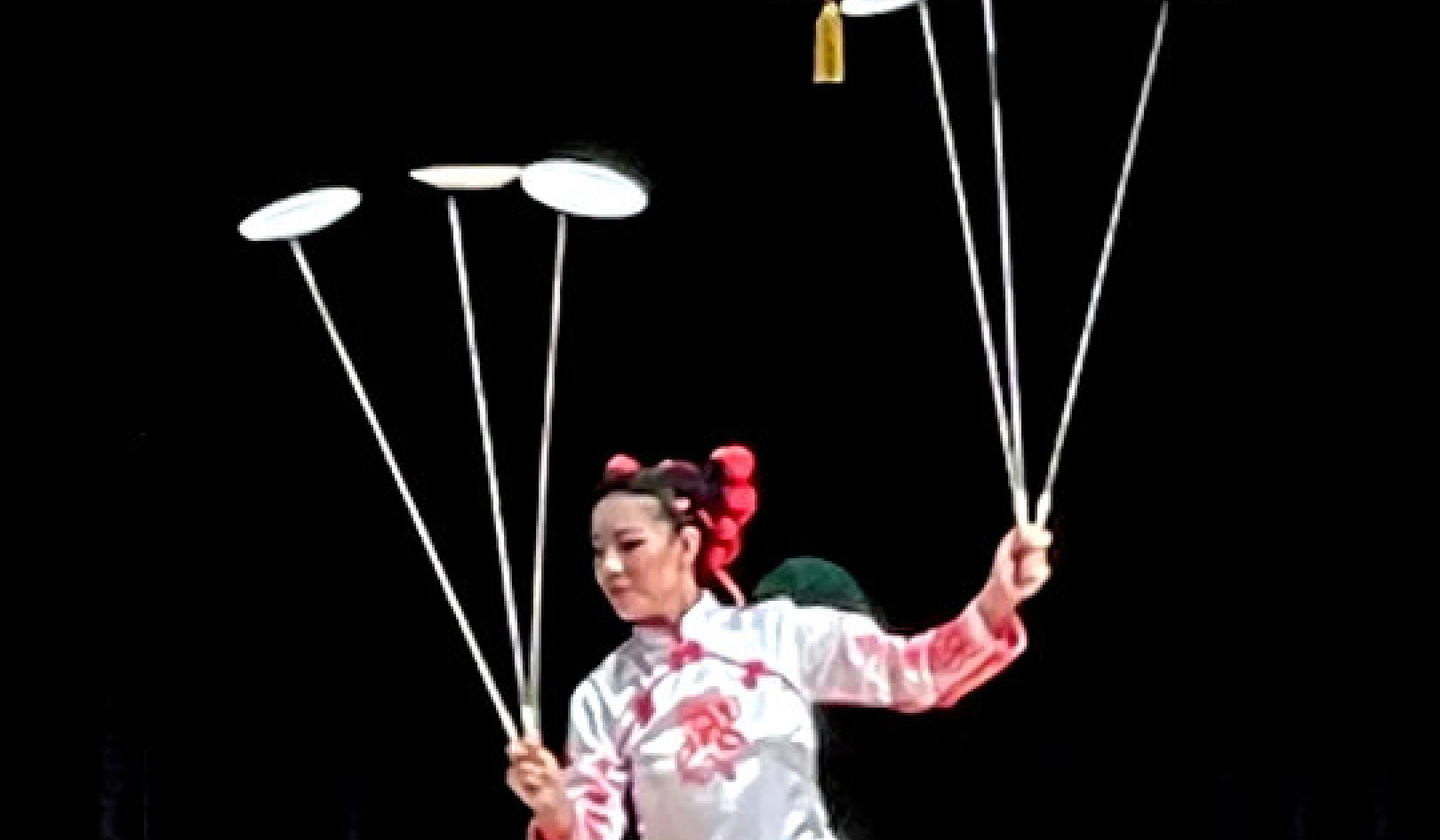
If we learn to see our relationships as the wonderfully accurate mirrors they are, revealing to us where we need to go with our own inner process, we can see much about ourselves that we would otherwise have a great deal of difficulty learning.
One of the biggest differences between the path of the material world, the path of transcendence, and the path of transformation is in how we view our relationships.
Relationships: Manipulation and Control?
On the material path we see relationships as an end in themselves. We form relationships of various kinds in order to satisfy our needs for love, companionship, security, stimulation, sexual fulfillment, financial stability, and so on. Our focus tends to be on the external form of the relationship and on what is being exchanged, be it friendship, work, affection, respect, money, or security. Because we view relationships primarily in the light of getting needs met, we tend to try to control them, to try to make them the way we want them. Consciously or unconsciously, we try to manipulate other people in order to get what we want from them. The control we assert limits how we experience our relationships.
On the path of transcendence, relationships are often viewed as impediments that keep us from evolving beyond the physical form. Because our relationships bring out all of our human feelings, needs, and emotional attachments, they are seen as distractions and thus detrimental to our spiritual journey. People who are seriously committed to the transcendent path try to stay as unattached as possible. Since sexuality is such a strong force physically and emotionally, involving our animal instincts and human feelings, it is often looked upon as the opposite of spirituality. Therefore, many devotees of the transcendent path either take a vow of celibacy and try to avoid sex altogether, or they try to transmute it into a "higher" energy, following sacred disciplines that keep the experience focused on its spiritual aspects.
Embracing Our Humanness & Spirituality
On the path of transformation we embrace both our humanness and our spirituality. Instead of attempting to escape or ignore them, we honor our human needs for relationship, and we learn to be more conscious of how to communicate those needs and how to take good care of ourselves and each other in the process. We also recognize that we are spiritual beings, not limited to our human form and emotions, but connected to the unlimited oneness of the universe. Rather than denying our sexuality, we embrace it as one of the most important expressions of our life force.
On the path of transformation there is a further vital step we must take, one that allows us to have a different perspective on relationships than we would if we followed a material or spiritual path. On the transformational path we need to recognize that our relationships can be powerful mirrors, reflecting back to us what we need to learn. When we learn how to use these reflections, our relationships can become one of the most powerful avenues we have for becoming conscious.
Our primary relationship is really with ourselves. Each of us is involved in developing all aspects of our being and bringing them into relationship with one another -- becoming whole. Our relationships with other people continually reflect exactly where we are in that process. For example, for many years I yearned to find the right man to be my life partner. I created many relationships with men who were unavailable or inappropriate in certain ways. Eventually, I realized they were reflecting my own inner ambivalence about committed relationship and the ways that I didn't truly love myself. It was only after I did some deep emotional healing work, learning to truly love and be committed to myself, that I met a wonderful man who is now my husband.
Relationships are Accurate Mirrors
If we learn to see our relationships as the wonderfully accurate mirrors they are, revealing to us where we need to go with our own inner process, we can see much about ourselves that we would otherwise have a great deal of difficulty learning. Any and every relationship in our lives -- with our friends, co-workers, neighbors, our children and other family members as well as our primary partners -- can be a reflection to us in this way. Even an encounter with a stranger can sometimes be an important learning experience.
It's very difficult to look inside ourselves and see what's going on in there -- particularly to see what we're unaware of. That's why it's important to look at our relationships as mirrors of our inner processes. Used in this way, relationships become one of the most valuable sources of healing and teaching in our lives. To understand how this works, we need to remind ourselves that we each, through our individual consciousness, create and shape how we experience external reality. This is as true in our relationships as in every other area of our lives -- the relationships we create and shape reflect back to us what we are holding within our consciousness. We draw to us and are drawn to people who match and reflect some aspect of ourselves.
Generally, we find that the easiest people to get along with are those who reflect aspects of ourselves that we feel comfortable with and accept -- reflections of our primary selves, or complementary energies that we appreciate. These are usually people who we consciously seek out or are drawn to in everyday friendship. If you are primarily a physically active person who loves sports, you may feel most comfortable with people who are similarly athletic. On the other hand, you may also enjoy a relationship with a friend who is somewhat more intellectual and less physical than you because it stretches your mind in a way that you accept and enjoy -- it stimulates a less-developed aspect of you in a way that is comfortable and non-confrontational. Your friend is reflecting your intellectual self, and you may be reflecting his or her physical or athletic self. In this case, you are both comfortable with the reflections you are receiving, so the relationship is a harmonious one.
Article Source:
 The Path of Transformation: How Healing Ourselves Can Change the World
The Path of Transformation: How Healing Ourselves Can Change the World
by Shakti Gawain.
Reprinted with permission from New World Library, Novato, CA, USA, 94949. ©2000. www.newworldlibrary.com
Click here for more info or to order this book.
About The Author
 SHAKTI GAWAIN (1948-2018) was an internationally renowned leader in the human potential movement. Her many bestselling books, including Creative Visualization, Living in the Light, and Creating True Prosperity, have sold more than six million copies in thirty languages world. She led workshops internationally and facilitated thousands of individuals in developing greater balance and wholeness in their lives.
SHAKTI GAWAIN (1948-2018) was an internationally renowned leader in the human potential movement. Her many bestselling books, including Creative Visualization, Living in the Light, and Creating True Prosperity, have sold more than six million copies in thirty languages world. She led workshops internationally and facilitated thousands of individuals in developing greater balance and wholeness in their lives.
For more info, visit her website at http://www.shaktigawain.com
Related Books:
at InnerSelf Market and Amazon



























